Trends in Types of Donors Giving in Kosovo 2019-2023
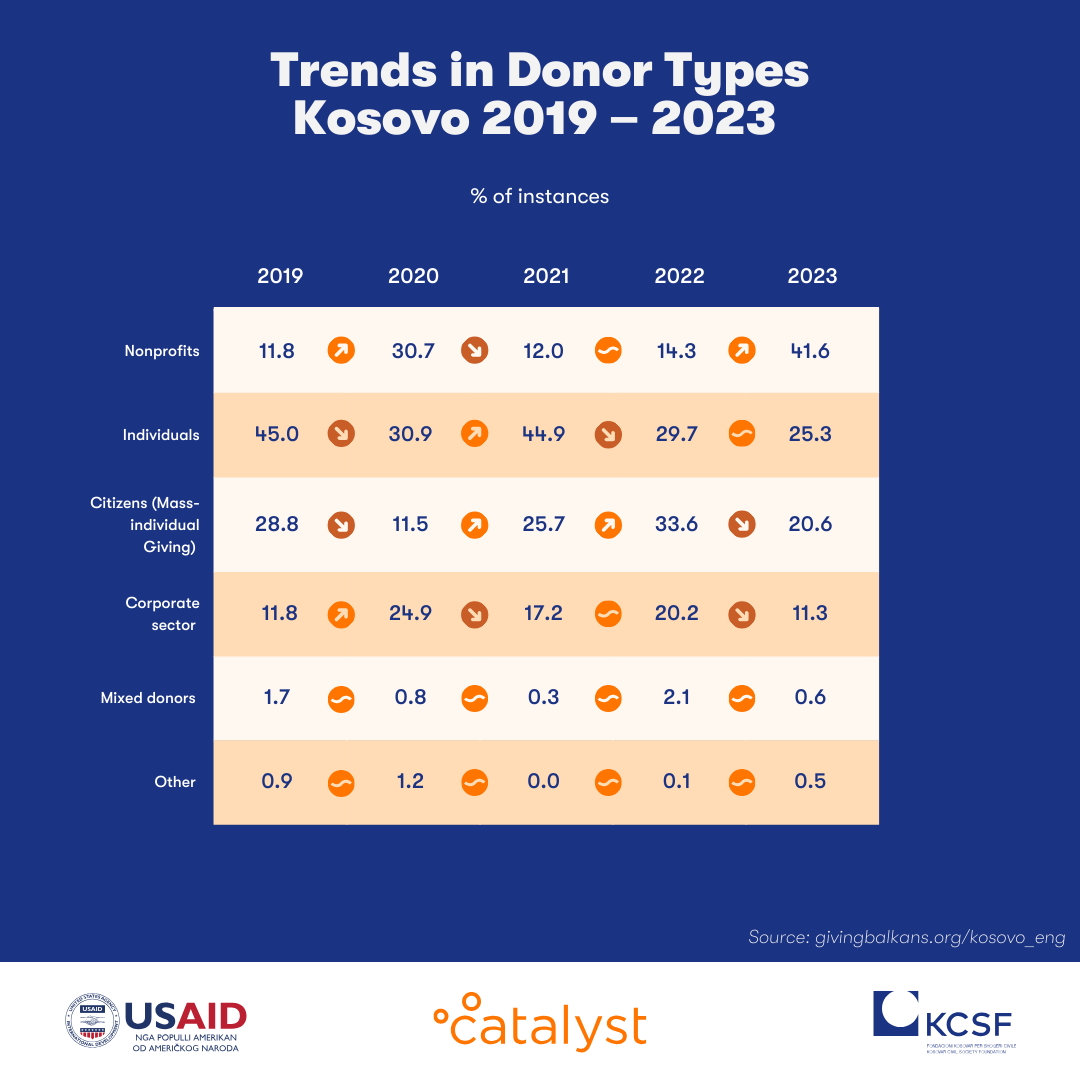
Graph 1. Trends in Donor Types 2019 – 2023 (% of instances)
Download the infographic in PDF
Another highlight that characterized 2023 is the finding that, for the first time, nonprofit organizations (NPOs) emerged as the most frequent donor type since philanthropy tracking began in 2013 by Catalyst Balkans. Nonprofit organizations, including CSOs and private foundations, accounted for a significant 41.6% of all recorded donation instances, showcasing a remarkable increase from previous years. This shift suggests a growing reliance on NPOs as major contributors to philanthropic endeavors. As NPOs gained prominence, there was a clear decline in contribution shares from individuals and citizens engaged in mass-individual giving, indicating potential shifts in donor preferences or fundraising strategies. Concurrently, the corporate sector experienced fluctuations, with a decrease from 24.9% in 2020 to 11.3% in 2023, possibly influenced by the rising share of NPOs. This changing landscape signifies a potential shift towards more organized and strategic philanthropy, fostering collaboration between NPOs and other sectors for a coordinated approach to addressing social and humanitarian needs.
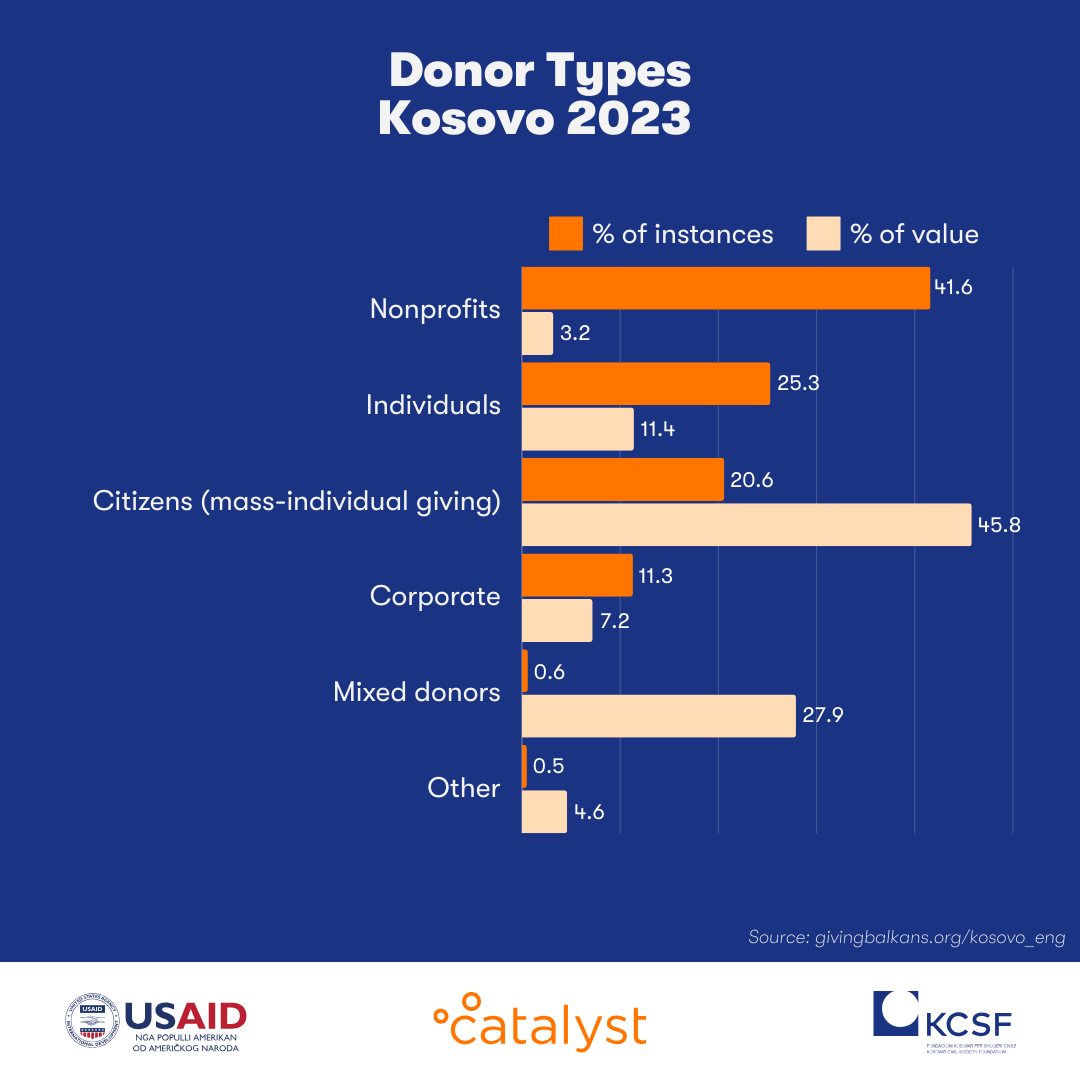
Graph 2. Structure of Donor Types in Kosovo in 2023
Download the infographic in PDF
Giving by CSOs
Nonprofit organizations play a pivotal role in addressing the diverse needs of various population groups, and their impact as a donor and intermediary organizations has been particularly noticeable in 2023. Civil society organizations (CSOs) and private foundations function as proactive fundraisers, dedicating extensive efforts to formulate strategies and establish donor networks, including citizens, the corporate sector, and the diaspora. These organizations actively fundraise to support individuals facing economic challenges, providing essential supplies, and individual housing, and contributing to initiatives for medical treatments with funds secured through different sources. Therefore, most of the recorded instances of giving from CSOs in Kosovo are the funds they have previously raised from their own donors and then directed towards other beneficiaries, such as individuals and the state.
As a result of their fundraising efforts, CSOs in 2023 have strengthened their reach-out to their beneficiaries and recorded more donation instances from their side than before. They took the lead in terms of the highest number of instances donated, yet the total recorded value of their donations ranks at the bottom among donor types, comprising 3.2%.
According to our data, nonprofits predominantly supported initiatives addressing poverty relief through assistance for individuals through short-term aid efforts.
To Whom Nonprofits Gave in 2023

Graph 3. Nonprofits’ Giving Disaggregated by Type of Recipient (% of instances)
Download the infographic in PDF
Giving by Citizens (mass-individual giving)
The primary recipient of citizens’ giving were Nonprofit Organizations that accounted for 66.9% of the total recorded instances. Individuals or Families constituted the second most common recipient while Institutions of local/national governments, Public Institutions, and other categories were substantially less supported. Data on the volume of giving by citizens reveal that 63.2% of the total recorded value was directed towards CSOs as a support for poverty relief and private foundations.
To Whom Citizens Gave in 2023
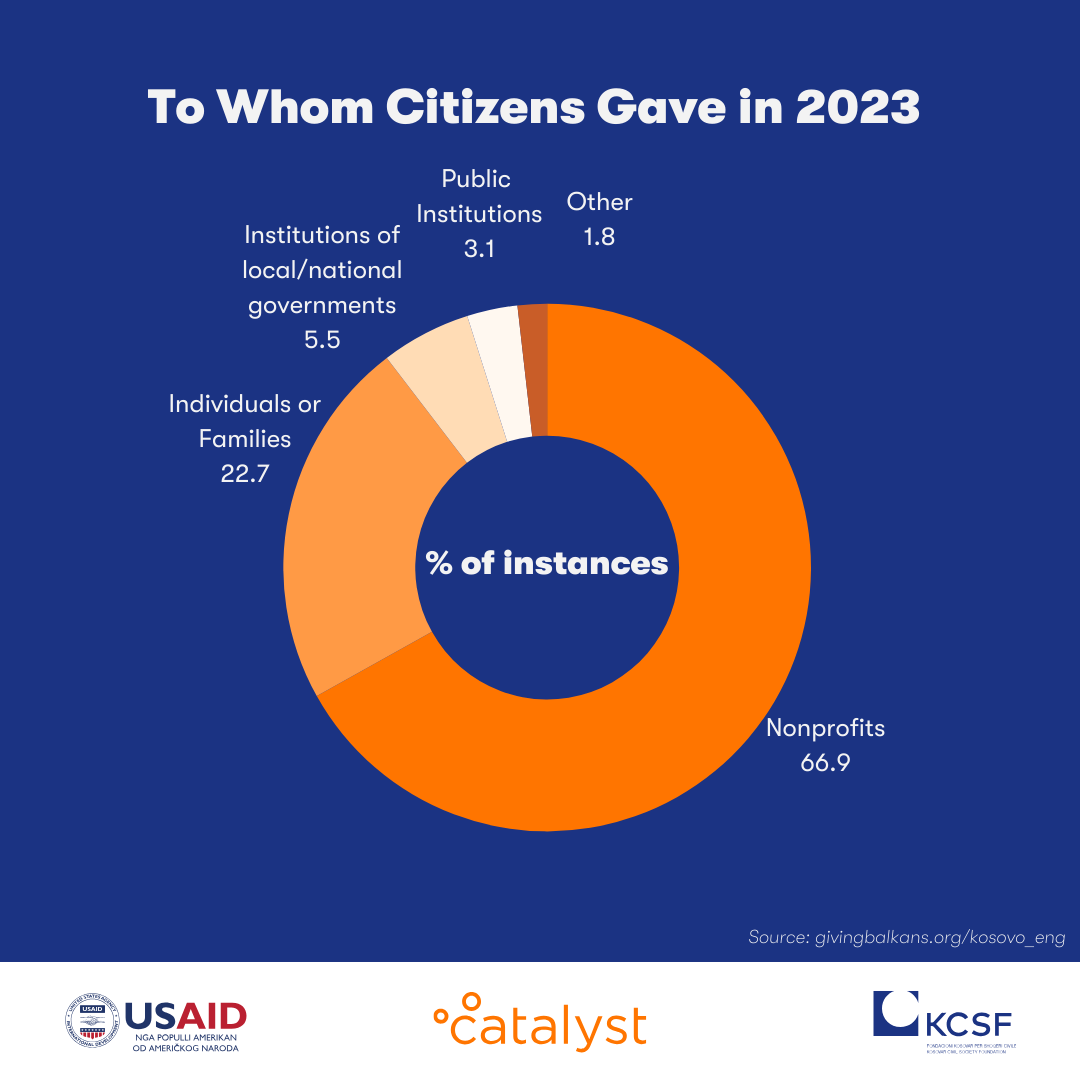
Graph 4. Citizens’ Giving Disaggregated by Type of Recipient (% of instances)
Download the infographic in PDF
Giving by Known Individuals
Nonprofit Organizations received most of the support, comprising 54.7% of the total recorded instances. This category is followed by Individuals or Families with 41.3%, showcasing a substantial commitment to personal and familial giving. Public Institutions and Institutions of local/national governments received relatively modest support, accounting for 2.5% and 1.0%, respectively, thus indicating a lesser focus from individual donors on state-related entities. This distribution highlights a diverse range of preferences among individual donors, with a notable emphasis on supporting nonprofit organizations and personal or familial causes. On the value side, the strongest support went to public institutions (40.1% share), in the form of the equipment for healthcare institutions.
Much like citizens, known individuals were focused on poverty relief and socially disadvantaged groups supported mainly through the work of nonprofits, but to a certain level they also supported direct individual recipients.
To Whom Known Individuals Gave in 2023
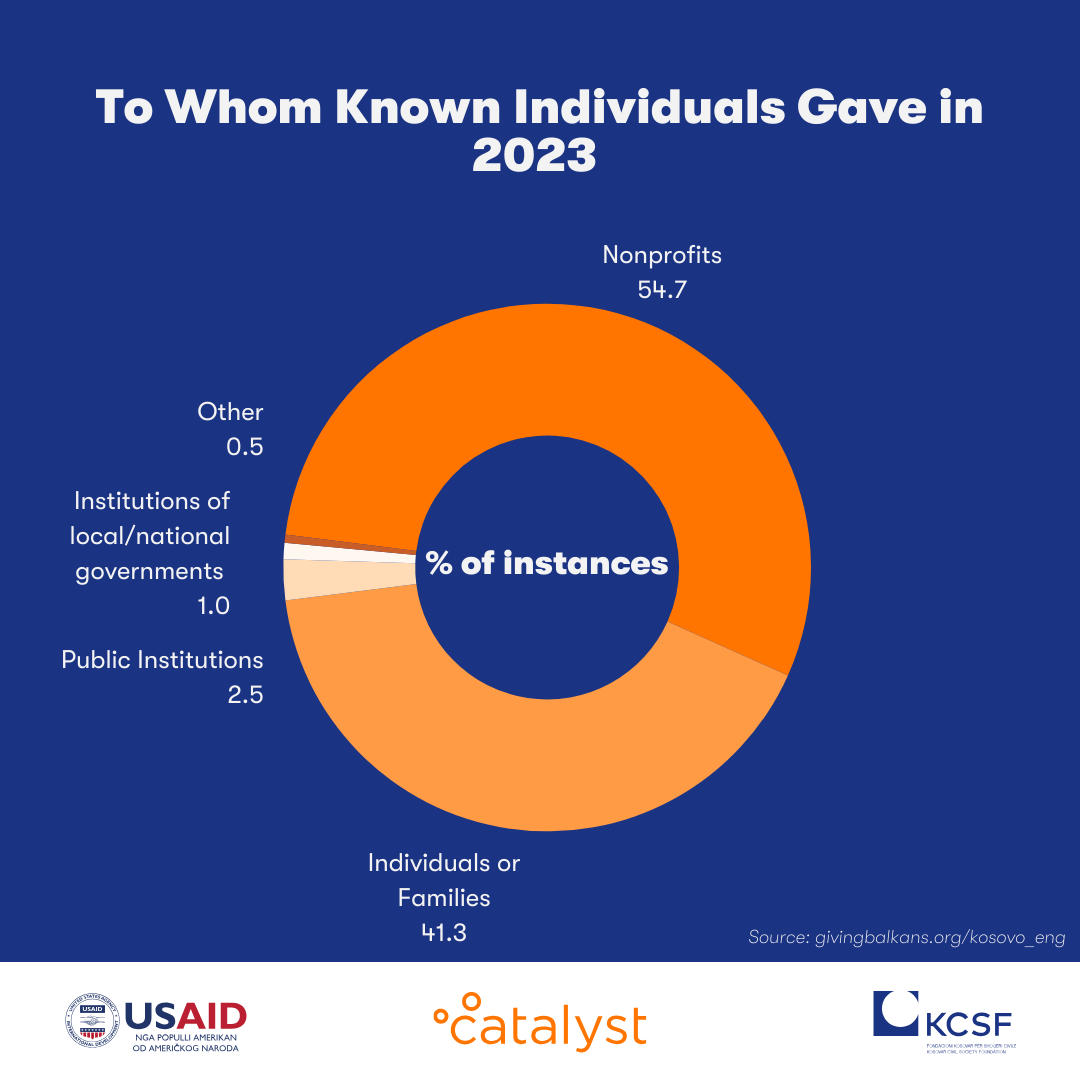
Graph 5. Individual Giving Disaggregated by Type of Recipient (% of instances)
Download the infographic in PDF
Giving by Corporate Sector
For companies and SMEs nonprofit organizations were the primary beneficiaries with 62.2% of share of the number of instances. This emphasizes a strong commitment to philanthropic partnerships with organized entities. Individuals or families represent the second most prominent recipient type, while public Institutions and Institutions of local/national governments receive relatively smaller shares. Overall, this distribution underscores the corporate sector's multifaceted approach to corporate social responsibility, with a significant emphasis on nonprofit organizations and a diverse allocation across other recipient types.
While corporate support was predominantly directed towards poverty relief and assisting those in economic need, it was more evenly distributed across various causes, including support for marginalized groups.
To Whom the Corporate Sector Gave in 2023

Graph 6. Corporate Giving Disaggregated by Type of Recipient (% of instances)
Download the infographic in PDF
Diaspora Giving
Trends in Diaspora Giving in Kosovo 2019-2023
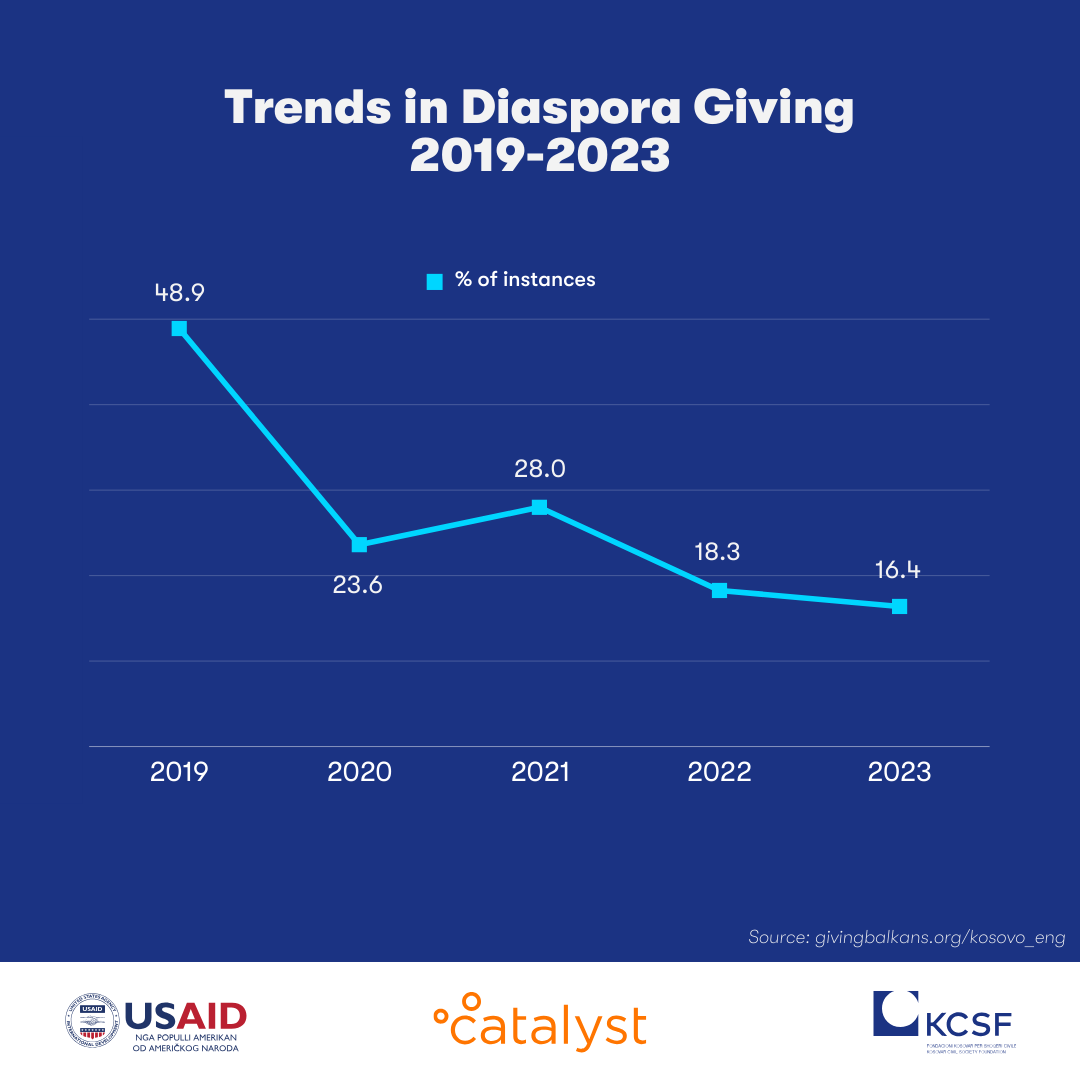
Graph 7. Trends in Diaspora Giving in Kosovo 2019 – 2023 (% of instances)
Download the infographic in PDF
The diaspora has always played a significant role in Kosovo's philanthropy ecosystem. According to data from Catalyst Balkans’ database, from 2019 until 2023, donors from the diaspora helped the citizens of Kosovo with donations valuing more than 6.7 million euro.
In 2019, nearly half of the instances (48.91%) and a significant portion of the donation value (42.95%) originated from the diaspora. However, a noteworthy shift occurred in 2020, where the percentage of instances from the diaspora dropped to 23.62%, while the diaspora's contribution to the overall donation value increased to 47%. Although the percentage of instances from the diaspora continued to decrease in 2022 and 2023 (18.3% and 16.4%, respectively), the percentage of the donation value remained relatively stable at 18.3% and 14.1%.
In 2023, diaspora donors initiated 130 donation instances through which more than 1,200,000 euro were donated. In terms of frequency, diaspora donors directed half of the support to poverty relief. Education was in second place with 26.2% of donation instances. In terms of monetary value, poverty relief, and healthcare constituted approximately 30% of the diaspora giving, respectively, while emergency management and sport were approximately 10% each.
To Whom the Diaspora Gave in 2023

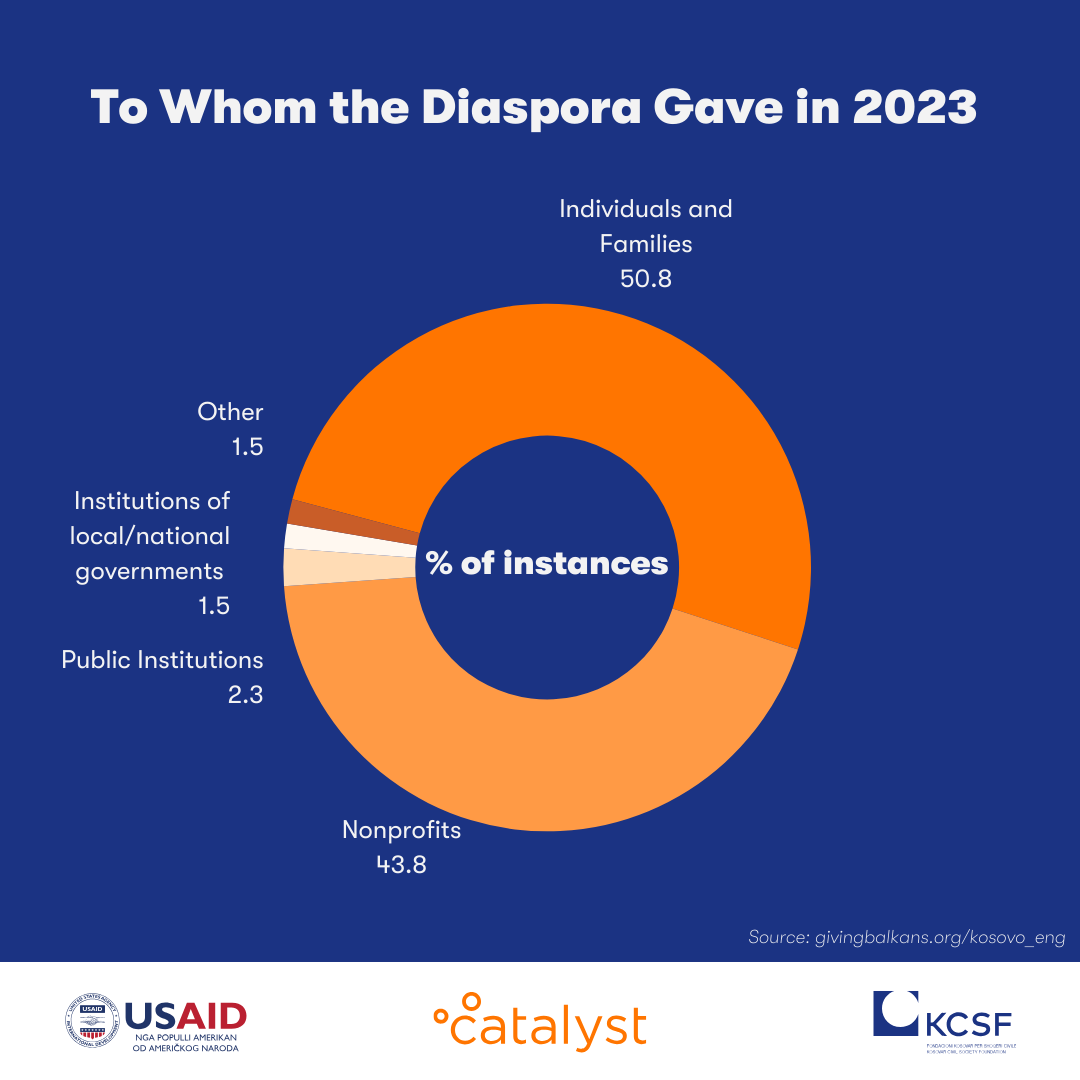
Graph 8. Diaspora Giving Disaggregated by Type of Recipient (% of instances)
Download the infographic in PDF
Examples of Giving
1. The Golden Eagle Foundation donated 150 professional breast prostheses, with a total value of 12,000 euro, to support women impacted by breast cancer. This initiative follows the Foundation's campaign from the preceding year, which aimed to aid those affected by breast cancer through the sale of Natural 100% juices. The proceeds from this campaign were entirely utilized for procuring the professional breast prostheses.
2. NLB Bank Kosovo contributed 100,000 euro to bolster the operations of six civil society organizations and institutions. These entities cater to various sectors, including childcare, elderly care, and support for employees. The beneficiaries encompassed the Association Help for Children with Cancer, Handikos in Podujeva, Autism Speaks, Home of Elderly Persons in Prishtina, SOS Children's Villages Kosovo, and The Fund for NLB Bank employees.
3. Meridian Express and the Kosovo American Education Fund (KAEF) signed a memorandum of understanding, under which Meridian Express committed to offering 25,000 euro to KAEF over the forthcoming five years to support educational initiatives.
Read more: Donation to the community, a commitment of “Meridian Express” | Giving Balkans
4. “IPKO,” a company that provides telecommunication services in Kosovo, on International Cancer Day donated 400 essential packages for patients to the Oncology Clinic in the University Clinical Center of Kosovo (UCCK). The packages included basic things needed during treatment, such as blankets, pillows, neck warmers, headphones, towels, a small first aid kit, and many other essentials. “IPKO” also donated five chemotherapy beds, 100 breast prostheses and 100 bras needed after breast cancer treatment, 38 wigs, and internet and digital television services for three years to the Department of Hemato-Oncology. For the Pediatric Clinic, the company donated 150 sets of sheets, 100 sheets, 70 quilts, 100 pillows, a washing machine, and a dryer, identified as essential needs for this clinic. “IPKO” also donated a sophisticated “Versana Essential,” a versatile and flexible ultrasound system that detects cancer in the early stages, to the Family Medicine Center of Hani i Elezit. The total value of this donation amounts to 50,000 euro.
Read more: Giving for healthcare: Almost one million euros were donated in Kosovo from January to August 2023
5. In 2023, the diaspora giving to Kosovo showcased various acts of generosity. Internationally renowned Kosovar rapper Loredana Zefi, along with her friends, joined the Pacolli Foundation, contributing 150,000 euro to aid those affected by floods in Skenderaj and Mitrovica. Additionally, a group of Kosovo Albanians in the diaspora donated 160,000 euro to support Football Club Malisheva. Furthermore, the Municipality of Skenderaj benefitted from a generous donation of medical equipment valued at 400,000 euros. This substantial contribution, specifically intended for the Main Center for Family Medicine in Skënderaj and individuals with disabilities, was made possible through the “Human Bridge” Association in Sweden, with a noteworthy contribution from compatriot Xhafer Balaj..
Read more: Highlighting Kosovo's Top Five Humanitarian Initiatives of 2023 | Giving Balkans
This report is made possible by the generous support of the American people through the United States Agency for International Development (USAID). The contents are the responsibility of Catalyst Balkans and do not necessarily reflect the views of USAID or the United States Government.


Leave a comment